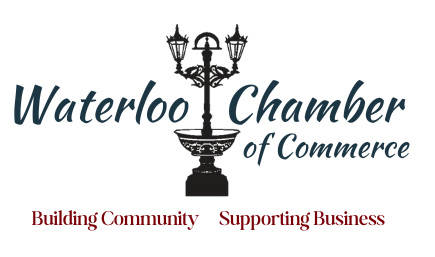Economic Development
Waterloo’s history dates back to 1780, when settlers formed the first permanent American settlement in the entire Northwest Territory – Belle Fontaine, named for the beautiful spring that served as a stopping place for the French traveling between the two French settlements of Cahokia and Kaskaskia.
The area grew to such an extent that by 1800, the population of Bellefontaine had reached 286.
In 1816, a man named Emery Peter Rogers arrived in the area and four years later, opened the first permanent store, mill and quarry. The neighborhood around his store soon came to be known by his name – Peterstown.
As the years passed, the town was divided into two parts – Bellefontaine at the south and Peterstown at the north. The two communities were divided by a creek, and there was said to have been intense rivalry between them.
Legend has it that in 1818, a man named Charles Carroll, an Irishman, came upon the scene, and to the astonishment of the Peterstownsmen and the Bellefontainers, ignored the rivalry and built his house on one side of the creek, his barn on the other side and said, “It won’t be Bellefontaine and it won’t be Peterstown, but begorra, I give ye’s both your Waterloo!
The town experienced a marked population increase in the 1840’s and that is when the German population got its impetus. Many of the city’s buildings and citizens today still reflect the heritage left by those German settlers.
Waterloo received it’s charter as a town on February 12, 1849 and the charter was amended in 1857 and 1859. It was chartered as a city on August 29, 1888.
Waterloo has obviously grown dramatically since those days of the 1800’s. Today it boasts a combination of both rural and urban advantages.
Waterloo became the Monroe County seat in 1825. On December 1st, 1978, it’s Historic District was recognized and placed on the National Register of Historic Places.
Click here to go to the Monroe County, IL Economic Development page.


